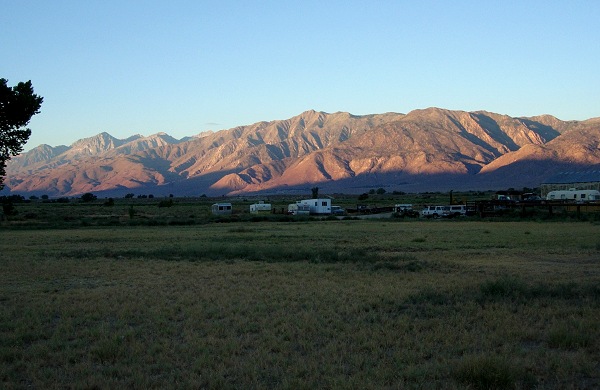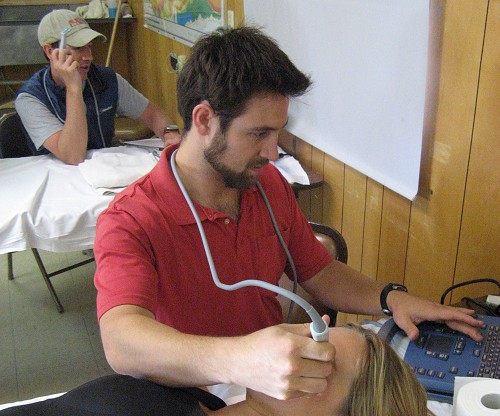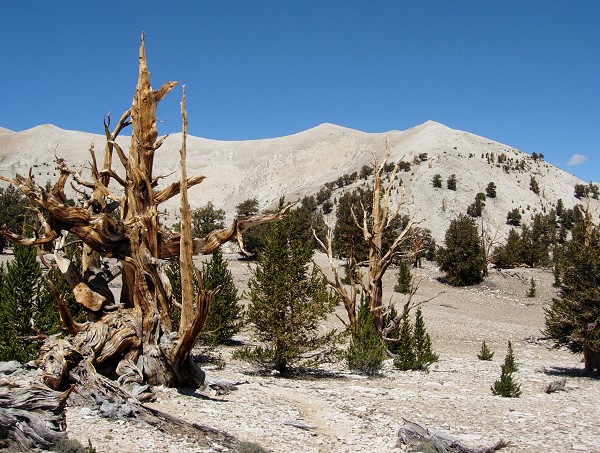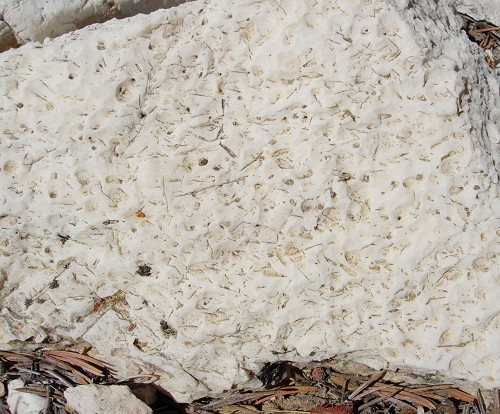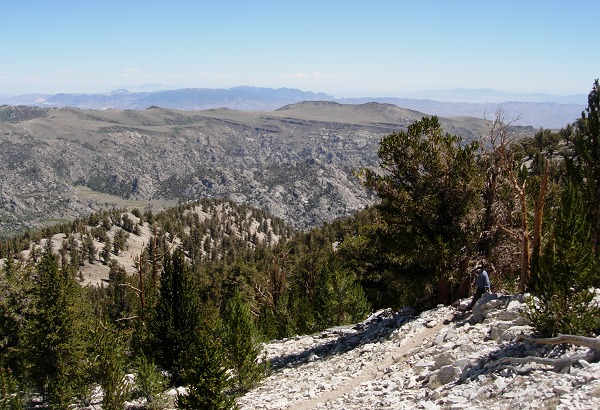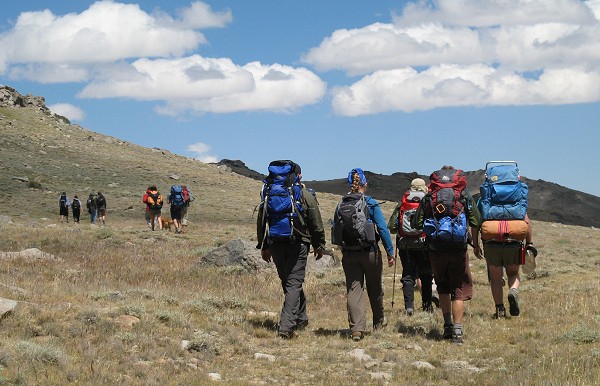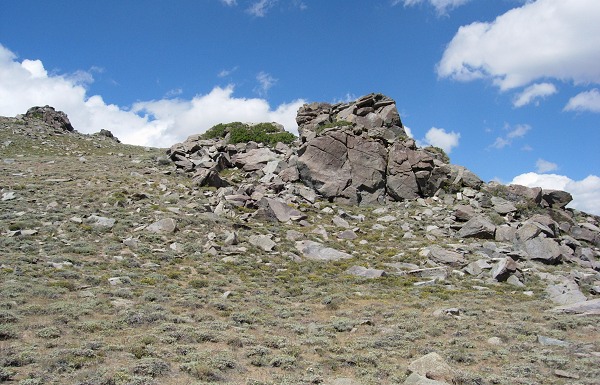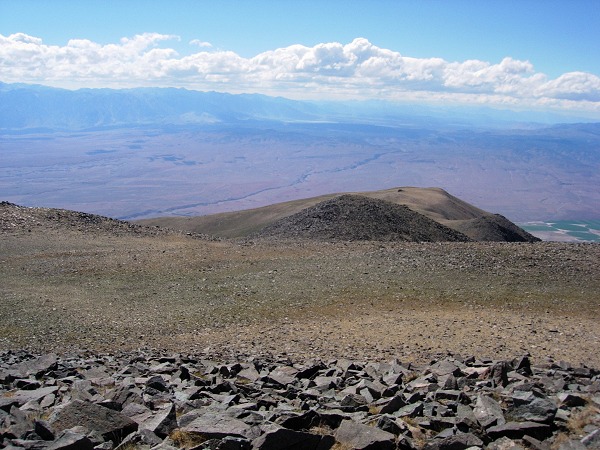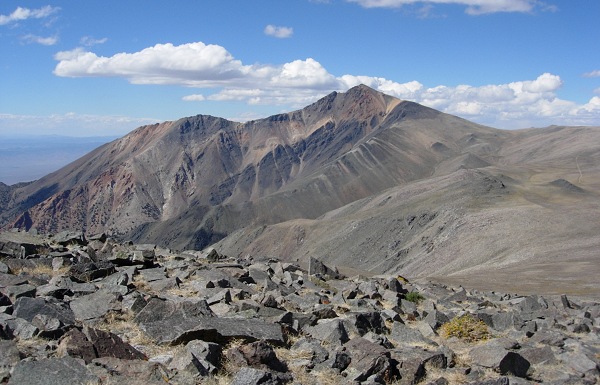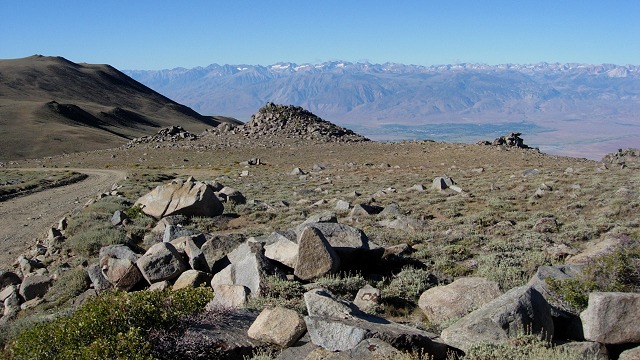
In the medical news this week was a study showing that altitude sickness can be prevented with ordinary ibuprofen. This is interesting for geologists and anyone else who goes to high places. It was particularly so for me, because I served in that research study.
Altitude sickness—a syndrome formally called acute mountain sickness—affects about a quarter of people who ascend from sea level to elevations above 2500 meters, or 8250 feet. The main symptoms are headache, fatigue, nausea, loss of appetite and trouble sleeping. For most victims it goes away in a day or two, but some cases are severe enough to be disabling, and if untreated the brain may sometimes start swelling inside the skull to the point of death.
The best treatment for acute mountain sickness is to move to a lower elevation until the symptoms stop. But that isn't always possible—bad weather may pin you down, for instance. Some people, like search-and-rescue teams or soldiers, simply must carry on. Others, like ski parties or expeditions, are very reluctant to get off schedule. There are prescription drugs for preventing acute mountain sickness, but they have side effects that can be as severe as the condition they're treating. Plus, they need to be taken a day ahead of time—not good for, say, a fire-fighting crew.
So a team of doctors, most of them at Stanford, designed a double-blinded study to test over-the-counter ibuprofen as a preventative. They sent groups of ordinary folks on a two-day summer exercise in the White Mountains, where Stanford maintains high-altitude research facilities. They sent out a call for volunteers. Sounded good to me. I arranged two more nights on the road and made a nice field trip through eastern California out of it.
The study employed 86 people on four separate weekends in the summer of 2010. My group assembled August 20 in Bishop, at the Owens Valley Laboratory, part of the University of California's White Mountain Research Station, and spent the night there at 1240 m (4100 ft). We got up early the next morning.

